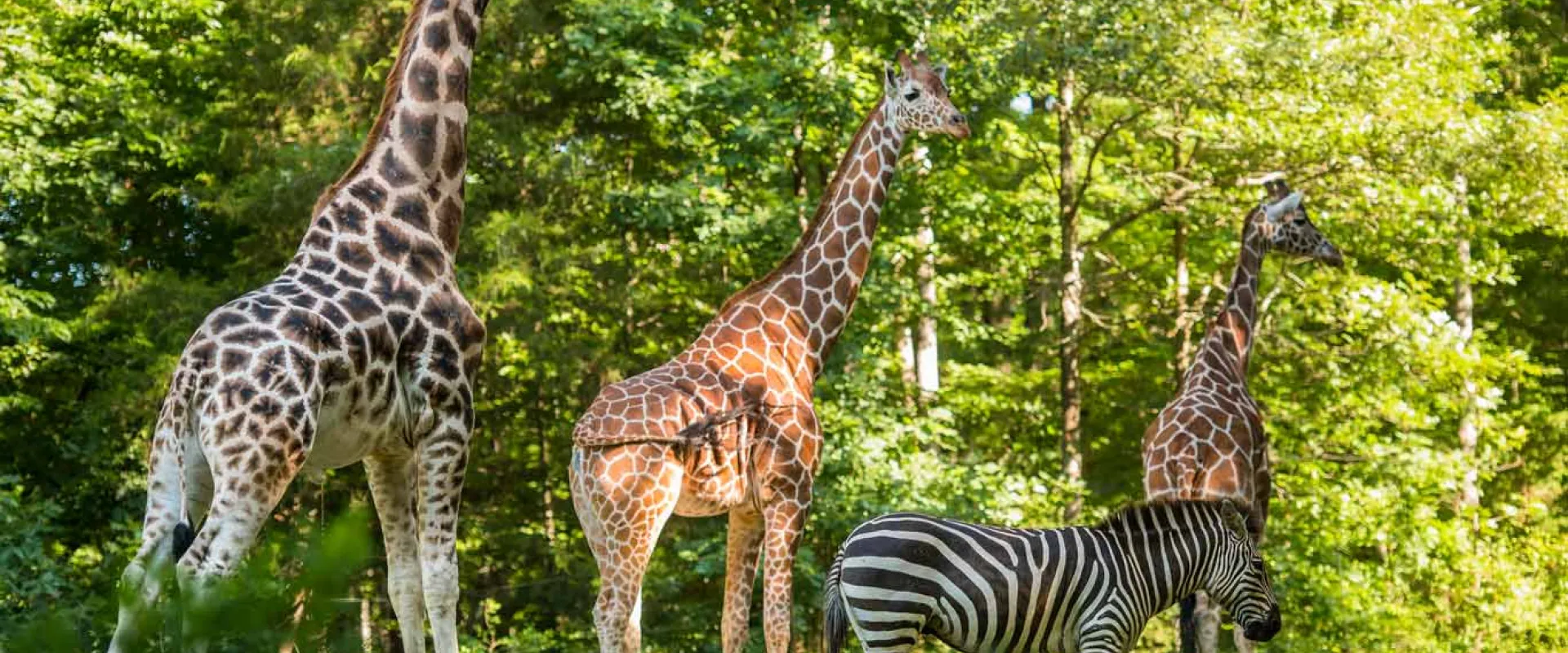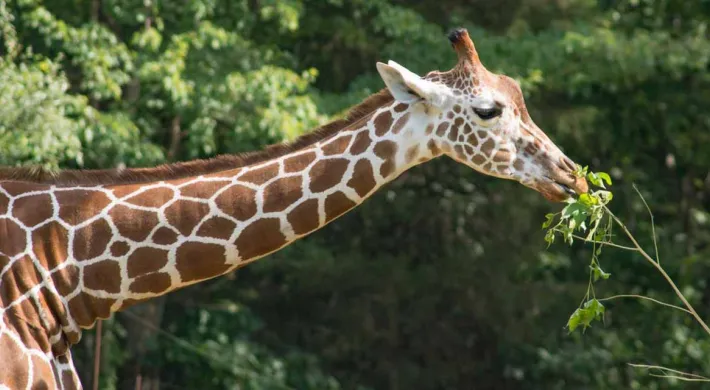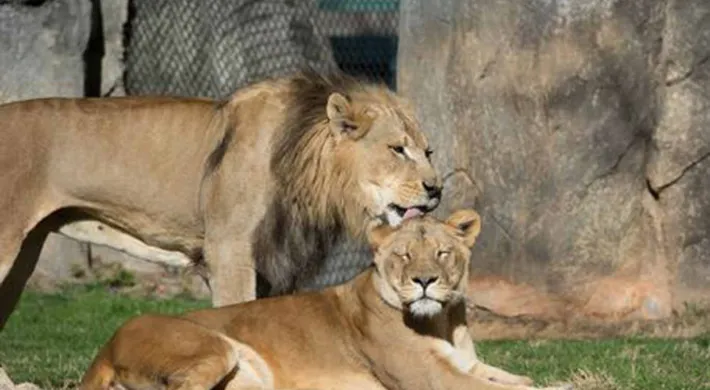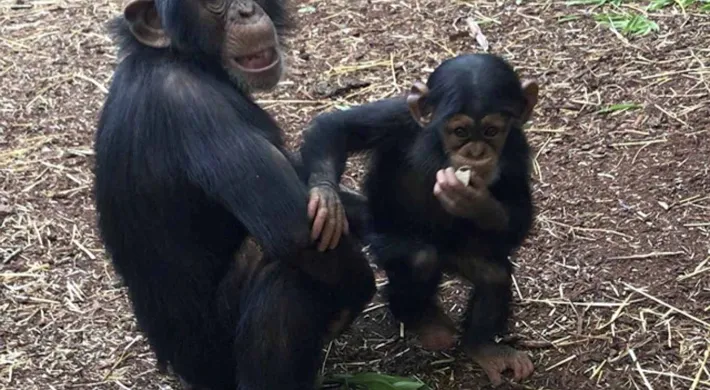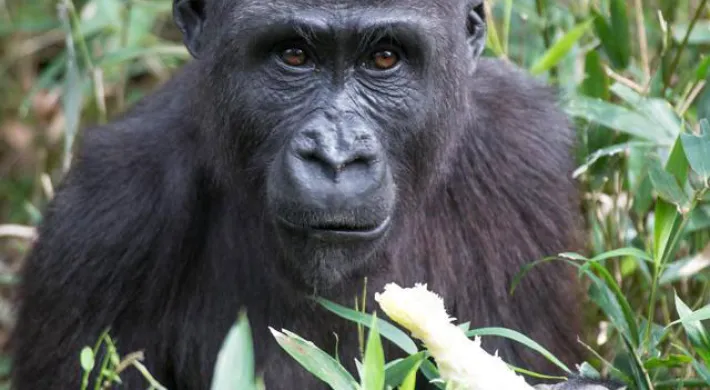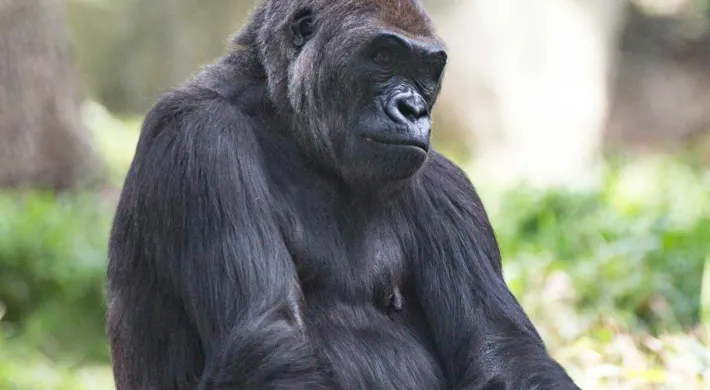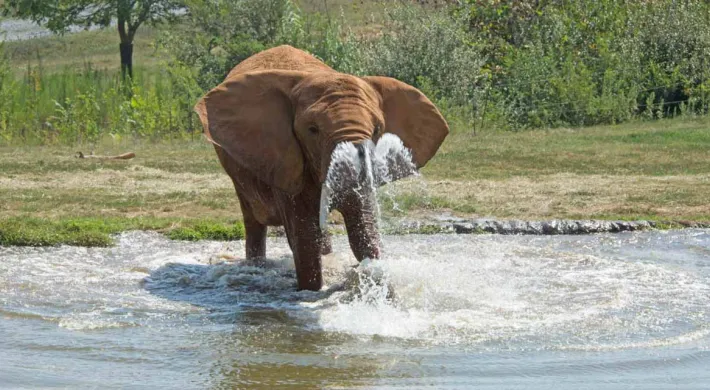Written by: A.N. Gryff, Research Volunteer, North Carolina Zoo
My name is Gryff, and I am an Animal Behavior Research Intern here at the North Carolina Zoo. I recently graduated with a Bachelors of Science degree from Bucknell University in Animal Behavior and a minor in Anthropology. I came to the North Carolina Zoo to help develop my skills as a researcher. I hope to go on to graduate school to continue to study animal behavior.
Enough about me; let’s talk about how we use scientific research to improve the lives of the animals at the North Carolina Zoo! Do you ever wonder how habitats are designed? How do we know if and where animals would need shade, shelter, or even rocks to climb? At the North Carolina Zoo, we rely on research and evidence when creating plans for how to care for our animals, but we also use data when designing habitats. We want to be sure every enclosure is constructed to meet the needs of our animals (Figure 1 - below).
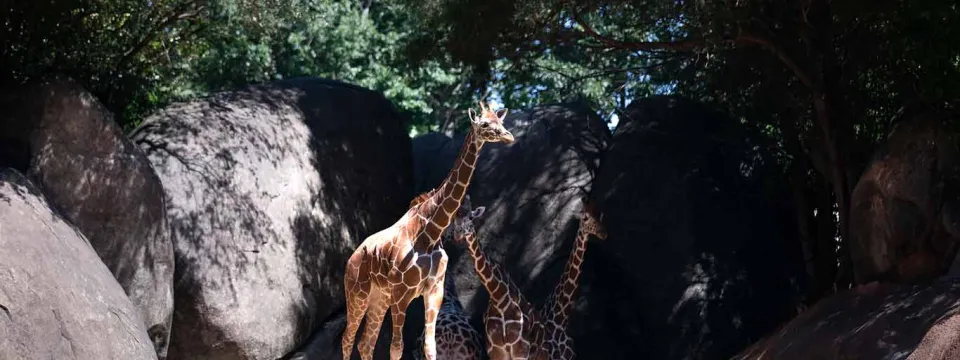
A question we have recently begun to ask is: how do animals use their habitats? Do they prefer some areas more than others? Do they enjoy spending time in the shade or the sun? I have created a research project designed to assess space use for our chimpanzees, giraffes, zebras, and ostrich to answer these questions.
To do this, I use a handheld tablet where I can access a software program called “ZooMonitor,” which allows me to enter each individual’s location within their habitat and answer some general questions about how the animals are using their space. I collect these data at 30-minute intervals twice a week, with one session in the morning from 9 am to 12 pm and another session from 12 pm to 3 pm. This allows me to see how space use changes throughout the day and across seasons.
At each scan, I record a lot of data on the environment and the animals! I input the current weather, including the temperature, cloud cover, and precipitation, to give us an idea of the environmental conditions impacting space use. I also record how many animals are in the shade and how many shade spots are unused. Keep in mind: how a shaded area is defined depends on the species: for chimps, a shady spot for a single or two individuals is roughly 6 feet or more in diameter, whereas a shady spot for a giraffe must be 15 feet or more (Figure 2)!
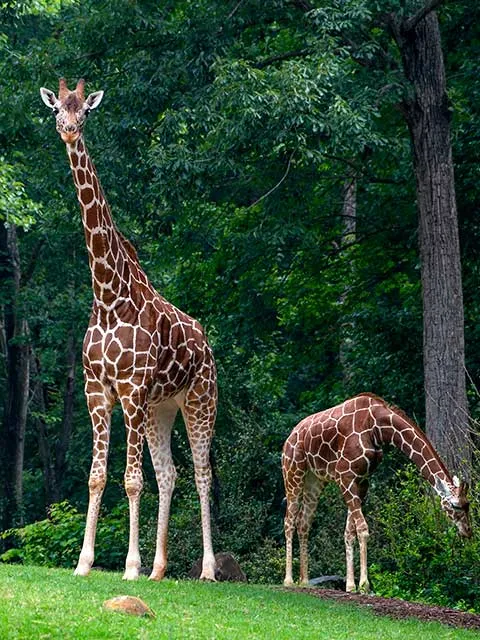
Figure 2
For the chimpanzees, I look at two additional factors: whether the chimps are using the shelter provided in their habitat (Figure 3) and if they are using heated rocks (some rocks in their habitat provide heat!). For both, it’s a question of quantity – do the chimps need more structures for shelter, more heated rocks? This information will give us insight into how these animals use their habitats and inform future decisions on adding new structures or general construction planning.
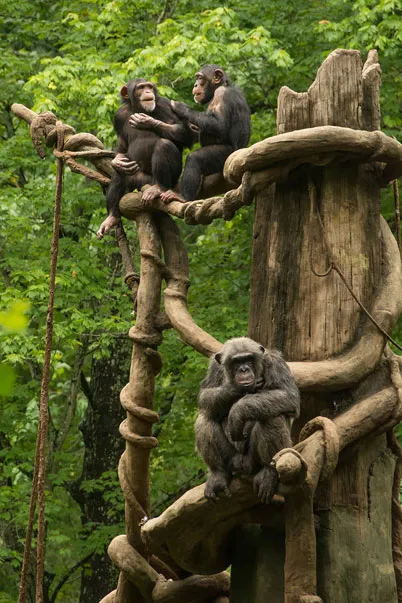
Figure 3
Overall, I have found shade use has decreased in January and February. This is likely because the number of shade spots has reduced due to reduced leaf cover. But it’s also cold out! Most of the chimps, for example, spend their mornings basking in the sunlight or resting on the heated rocks. You’ll often find one or two chimpanzees on rocks throughout the day, but I’ve seen up to 6 on one rock at a time!
The North Carolina Zoo emphasizes the need to make evidence-based decisions across every aspect of animal care, from determining how and when we feed each individual to where trees are planted in the enclosures. Through scientific research, we carefully design our programs and plans to meet the needs of the animals, ensuring we create a space where they can thrive. Next time you visit the North Carolina Zoo and see some rocks, shelters, or trees in the habitats, think about all the work and science behind these features!
